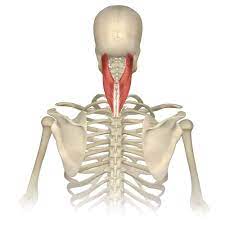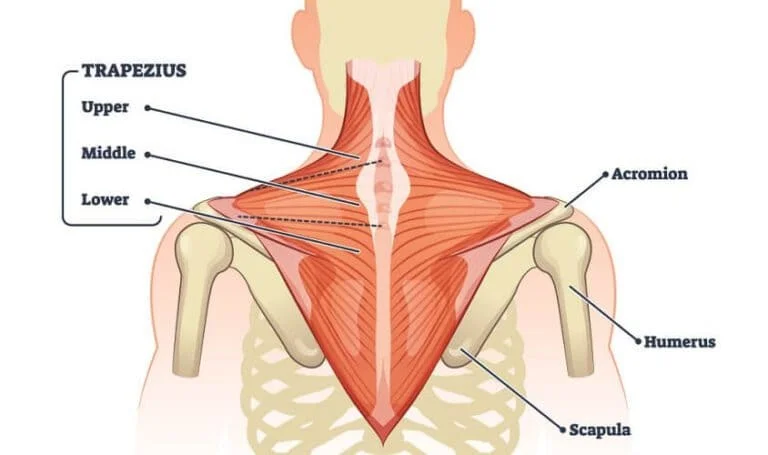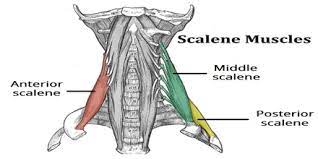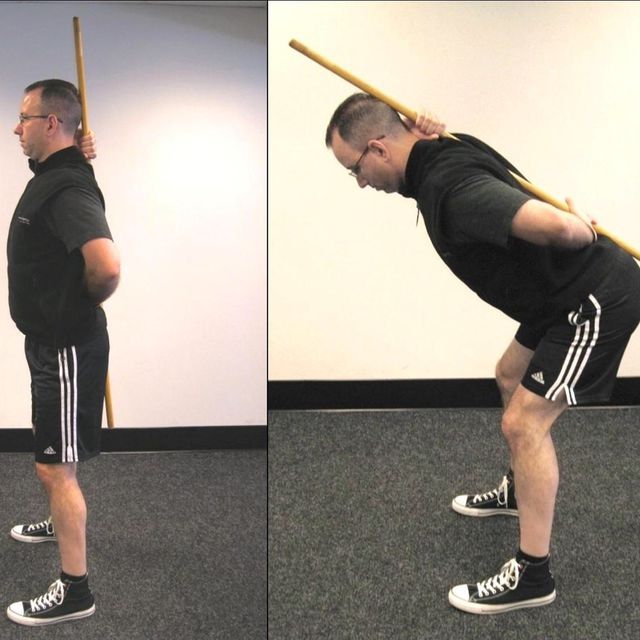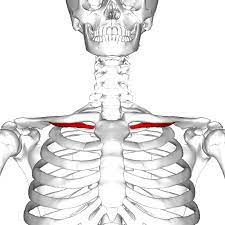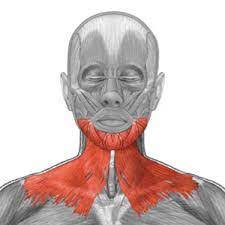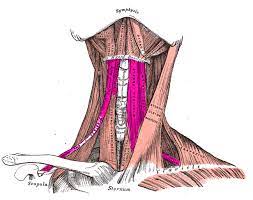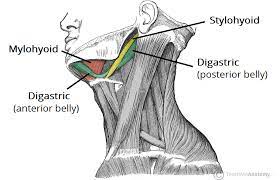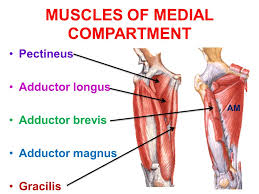Exercises for the Vertigo
Introduction Exercises to Help with Vertigo Brandt-Daroff Exercise The exercise assists in decreasing the symptoms of vertigo, & it is most often used for BPPV as well as labyrinthitis.Step 1: Sit at the end of the bed. When ready, turn the head 45 degrees to the right.Step 2: Lie down on the left side &…

